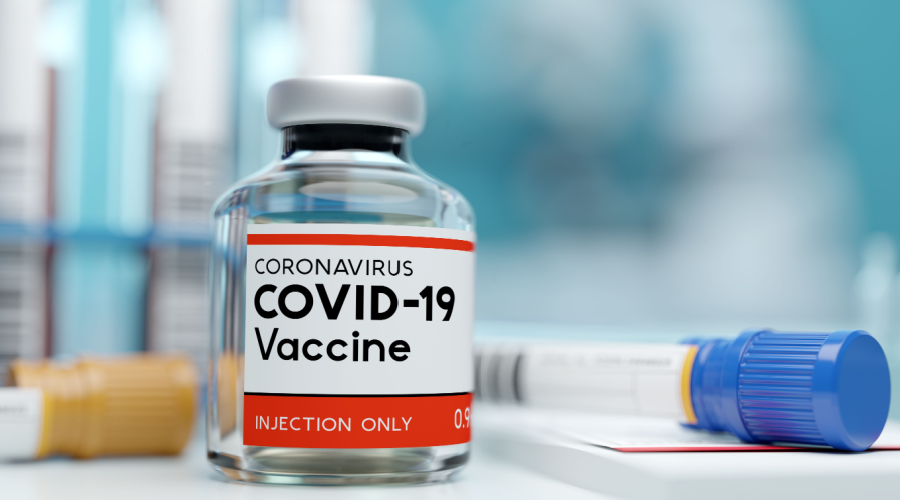The final deadline for the Drug Supply Chain Security Act (DSCSA) is fast approaching, and for those who are wondering, the DSCSA plan is in place. The Food and Drug Administration (FDA) recently issued guidance and has extended enforcement until November 2024. However, be aware the FDA guidance is clear that the law takes effect on November 27, 2023.
The purpose of the DSCSA is to protect patients from illegitimate prescription drugs by enabling a safe, secure flow of data along the pharmaceutical supply chain.
Still scrambling to get everything checked off the list? The time to get it done is now. The threat of counterfeit drugs making their way into the U.S. supply chain is heightening. This happens when companies operate outside of legitimate drug distribution channels, such as the gray market. Add to that the ease of purchasing drugs illegally from fake, online pharmacies. And with the immediate availability of these drugs, consumers think they’re safe. But they’re not. These drugs are unauthorized and can be fatal.
With more and more counterfeit drugs sneaking into the market, the first phase of the DSCSA was introduced by the FDA in 2013. Two years later, Congress signed the act requiring products to be traceable at the lot level with the intent of increasing visibility in the pharma supply chain. While it accelerated the move toward digitizing the drug supply chain, it wasn’t enough.
Between 2014 and 2019, cases of drug counterfeiting doubled in size. That same year, there was a record high of drug-induced seizures in North America derived from illegal pharmaceuticals. This is why more action is needed to allay these counterfeit drugs from reaching patients.
The deadline will be here before you know it, so it’s important to make sure you’re fully prepared. To ease your nerves, here is a checklist listing every DSCSA requirement to ensure you’ll be ready and confident on November 27.
- Verify that all trading partners are licensed and registered:
- Check that they have a valid license and are registered per federal and state law. Have protocols in place or routine verification for all new trading partners and regularly audit current trading partners.
- Identify and report suspect products that may be illegitimate. Have procedures in place to:
- Identify suspect product currently in inventory and among new products
- Inform trading partners about suspect products
- Quarantine suspect products
- Remove illegitimate products from supply chain
- Notify your upstream supplier promptly
- Accept and maintain transaction data:
- Only accept products if the previous owner provides the transaction information, transaction history, and transaction statement (“3Ts”)
- Maintain the “3Ts” for six years from the date of the transaction
- Provide the “3Ts” to the subsequent owner (unless the subsequent owner is a patient) when selling or loaning products
- Only accept products with the proper identifier. A product identifier is a standardized graphic that includes:
- The product’s standardized numerical identifier (the NDC and a unique alphanumeric serial number)
- Lot number
- Expiration date
Exempt products include:
- Blood or blood components intended for transfusion
- Certain radioactive drugs or radioactive biological products
- Imaging drugs
- Certain intravenous products
- Any medical gas
- Homeopathic drugs
- Drugs compounded in compliance with sections 503a or 503b of the FD&C Act
If you want to be ready by November, continuously evaluate and update your standard operating procedures (SOPs) to ensure compliance with changing DSCSA requirements. Stay proactive by identifying any gaps or areas for improvement in your processes, and implement necessary changes accordingly. It’s work, but it will safeguard your patients from counterfeit and possibly deadly drugs.
How to Spot Dubious or Illegal Products
- Looks different than the product on the shelf
- Altered product information
- No “Rx only” symbol
- Missing information on the label
- Bubbling on the label
- Lot numbers or expiration dates do not match the outer/inner container
- Foreign language
- Open package
- Damaged or broken seal
- Missing or wrong package inserts
- Different product name than FDA-approved version
From the Magazine
This article was published in our quarterly print magazine, which covers relevant topics in greater depth featuring leading experts in the industry. Subscribe to receive the quarterly print issue in your mailbox. All registered independent pharmacies in the U.S. are eligible to receive a free subscription.
More articles from the September 2023 issue:
- All Eyes on EG.5.1
- Your Extraordinary Front End
- Hearing Aids vs. PSAPs
- AI Chatbots in Health Care
- Unsalable Products
- DIR Rule Changes
- Medication Adherence Programs
- DSCSA Deadline Looming
A Member-Owned Company Serving Independent Pharmacies
PBA Health is dedicated to helping independent pharmacies reach their full potential on the buy-side of their business. Founded and run by pharmacists, PBA Health serves independent pharmacies with group purchasing services, wholesaler contract negotiations, proprietary purchasing tools, and more.
An HDA member, PBA Health operates its own NABP-accredited warehouse with more than 6,000 SKUs, including brands, generics, narcotics CII-CV, cold-storage products, and over-the-counter (OTC) products — offering the lowest prices in the secondary market.












